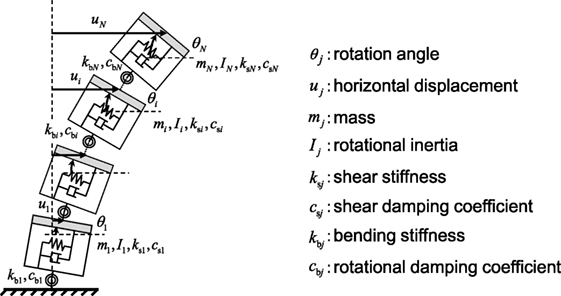

Infrared radiation is used in industrial, scientific, military, commercial, and medical applications. Infrared spectroscopy examines absorption and transmission of photons in the infrared range. It excites vibrational modes in a molecule through a change in the dipole moment, making it a useful frequency range for study of these energy states for molecules of the proper symmetry. Infrared radiation is emitted or absorbed by molecules when changing rotational-vibrational movements. The balance between absorbed and emitted infrared radiation has an important effect on Earth's climate. Slightly more than half of the energy from the Sun was eventually found, through Herschel's studies, to arrive on Earth in the form of infrared. Infrared radiation was discovered in 1800 by astronomer Sir William Herschel, who discovered a type of invisible radiation in the spectrum lower in energy than red light, by means of its effect on a thermometer. As a form of electromagnetic radiation, IR propagates energy and momentum, with properties corresponding to both those of a wave and of a particle, the photon. Black-body radiation from objects near room temperature is almost all at infrared wavelengths. IR is generally understood to encompass wavelengths from the nominal red edge of the visible spectrum around 700 nanometers ( frequency 430 THz), to 1 millimeter (300 GHz) (although the longer IR wavelengths are often designated rather as terahertz radiation).



It is therefore invisible to the human eye. Infrared ( IR), sometimes called infrared light, is electromagnetic radiation (EMR) with wavelengths longer than those of visible light. This false-color infrared space telescope image has blue, green and red corresponding to 3.4, 4.6, and 12 μm wavelengths, respectively.


 0 kommentar(er)
0 kommentar(er)
